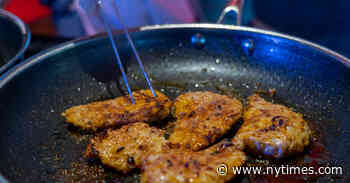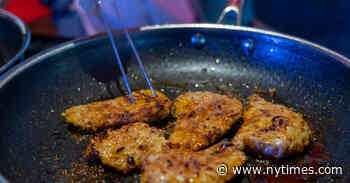26-02-2025 16:39
via cell.com
Regulation of animal and plant agricultural biotechnology
Fifty years ago, scientists developed a regulatory framework for the safe use of recombinant DNA that focused on potential biosafety risks associated with the products of genetic engineering (GE). This morphed into an expensive and lengthy premarket risk assessment requirement for GE agricultural biotechnology products triggered solely by the fact that modern molecular technologies were involved in the development of those products. This has limited the commercialization of GE crop products prim
Read more »
Biotechnology news




